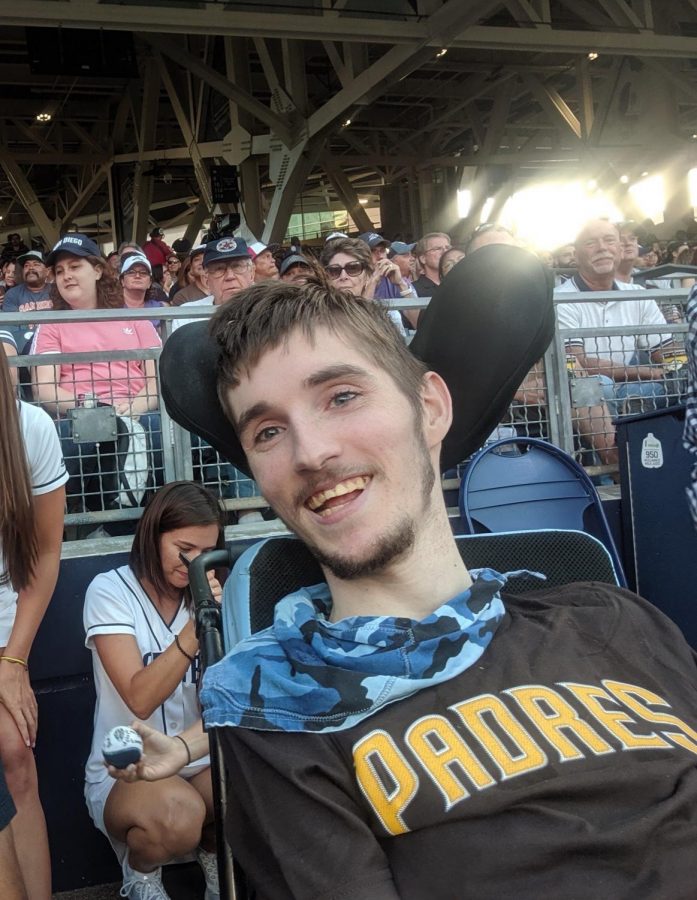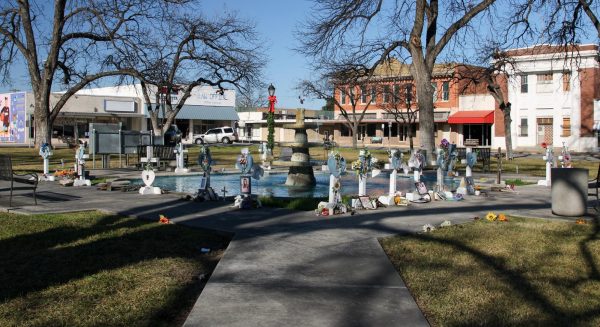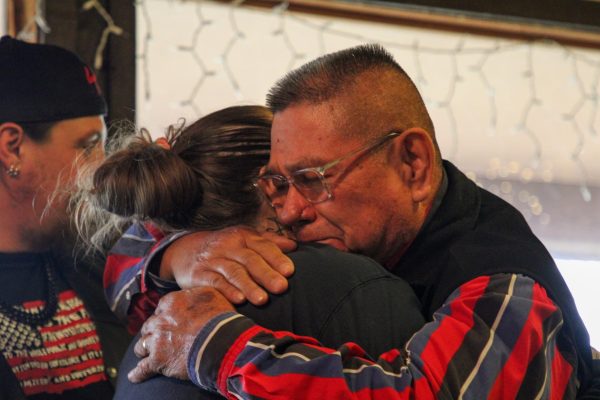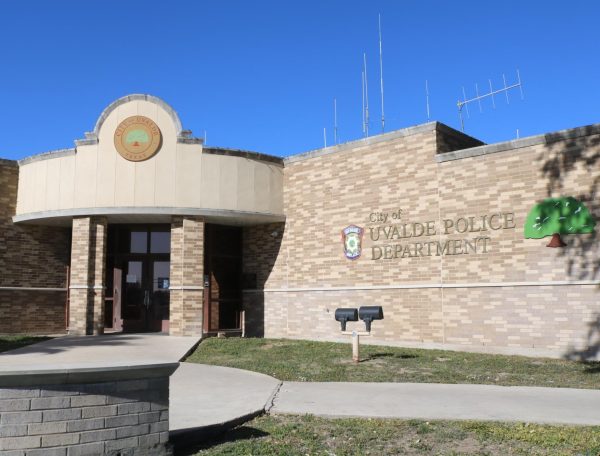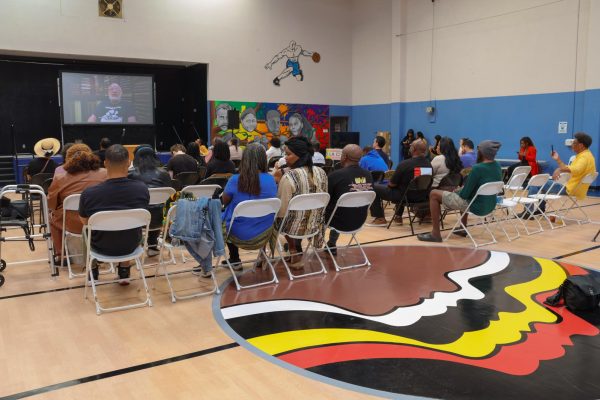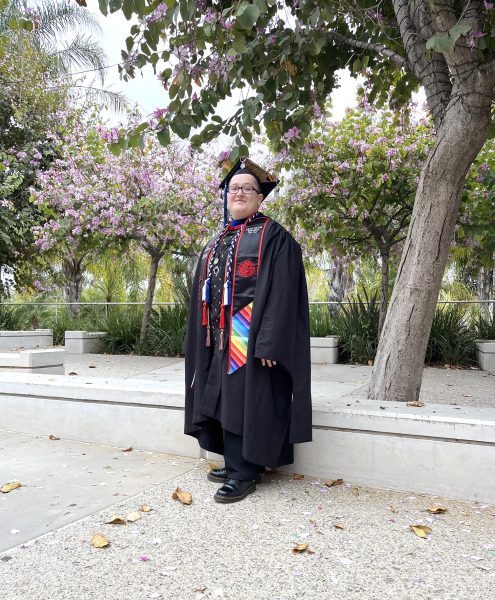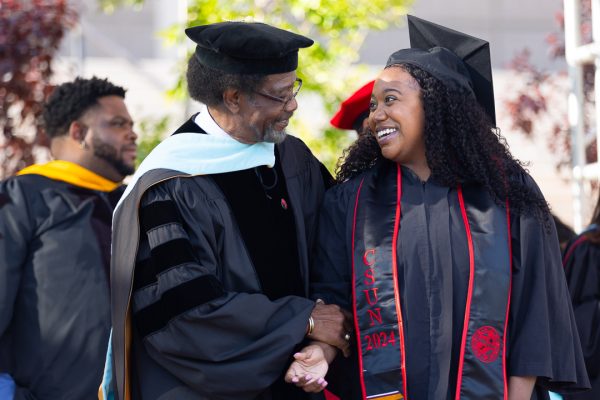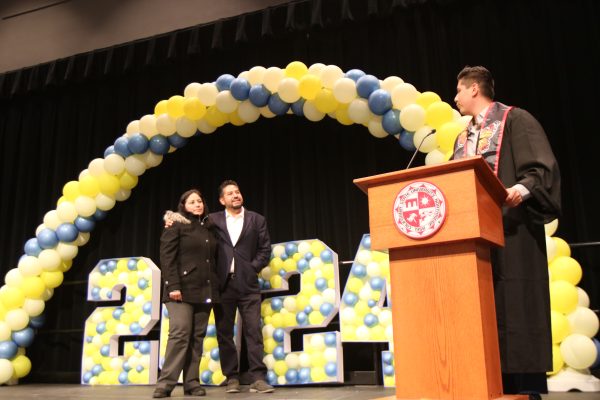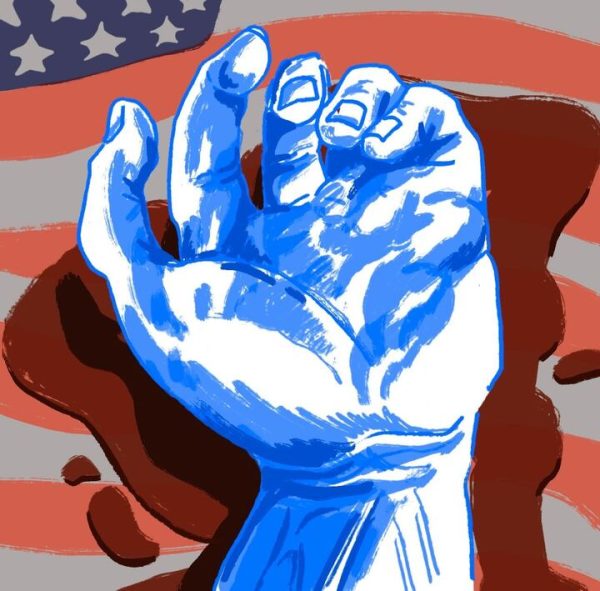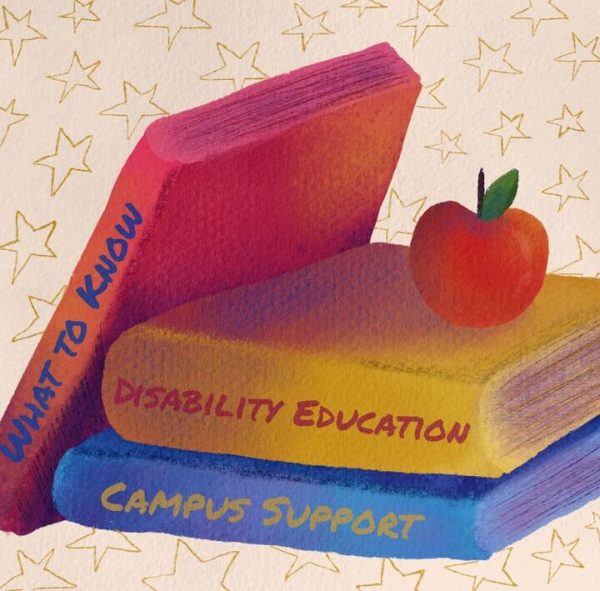How virtual learning transition has impacted one student registered with DRES office
April 7, 2020
As the campus community scrambles to adjust to the unprecedented changes made in the wake of COVID-19, students with disabilities at CSUN are highly impacted by the switch to virtual learning.
For Bryce Vernon, a CTVA media theory and criticism major who is registered with the Disability Resources and Educational Services office, the switch meant uncertainty with how he would be able to complete his courses given that face-to-face instruction is necessary for his learning style.
The DRES office on campus closed in light of social-distancing measures, but it began offering its services virtually on March 18.
“It threw me a curveball,” Vernon said about the university’s switch to virtual instruction through the rest of the semester. “I was upset because I knew it would affect the way I work significantly.”
Vernon has cerebral palsy, a congenital disorder that affects movement, muscle tone and posture. He is also non-verbal, and uses technology to help him communicate. Vernon also has a caregiver with him to help him work through his school schedule.
His caregiver, Christopher Villalpando, attested to some of the challenges that Vernon faces as he transitions to virtual learning.
“Bryce is an individual that needs designated time to go outside and explore his surroundings because it gets him stimulated, especially because those with his disability tend to live life indoors exclusively,” said Villalpando, who is also a CSUN student. “Staring at a screen all day tires him out and overwhelms him.”
The transition to virtual classes has also significantly impacted the way Vernon learns. As a senior in the media theory and criticism program, the courses he is enrolled in originally offered a more hands-on learning experience that he was able to participate in.
However, certain aspects of the course have now been sacrificed in light of the virtual shift.
“(Face-to-face classes) help me get inside my professors’ heads and allow me to see what a typical day on the job is like in ways I wouldn’t get to experience otherwise,” Vernon said. “I also get to interact with them and other students in a way I can’t do in virtual classes.”
Villalpando, who regularly accompanied Vernon to class, also emphasized the importance of face-to-face interaction in the context of academics for individuals like him.
“It’s easier for Bryce to get his questions answered in person. He can piggyback off of another student with the same question, or interact with his classmates for help,” Villalpando said. “With online classes, he doesn’t get answers to any questions he has right away.”
Despite the challenges Vernon is facing in the early weeks of CSUN’s transition to virtual learning, he commends the university for their efforts to accommodate him.
“Even though I prefer face-to-face classes, CSUN has adapted to my schedule,” Vernon said. “I’m able to call my professors anytime I need help and I’m able to work at my own pace more.”
As the semester moves on, time will tell how Bryce, and other students, adjust to the changes the pandemic has brought.
